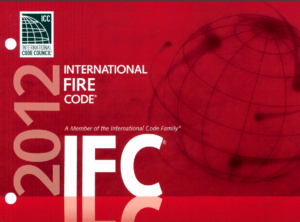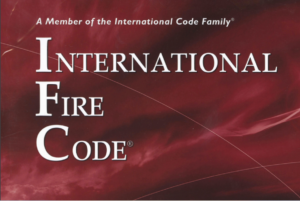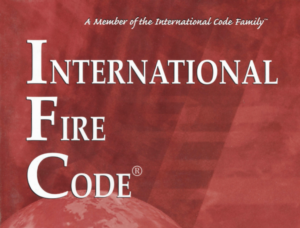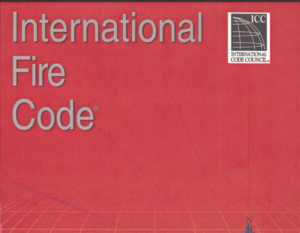The 2002 edition of NFPA 1403, Standard on Live Fire Training Evolutions, sets forth comprehensive guidelines to ensure the safety and effectiveness of live fire training for fire service personnel. Developed by the Technical Committee on Fire Service Training, this standard was approved and issued by the Standards Council with updates reflecting experiences and advancements in training methods.
This standard specifically addresses the need for a regulated and safe environment for conducting live fire drills, a critical component of training that prepares firefighting personnel for real-life firefighting scenarios. Given the inherent risks, NFPA 1403 outlines the minimum requirements to conduct these training sessions, emphasizing the safety of participants and the reduction of health hazards.
Key aspects of the standard include the preparation and use of structures designated for live fire training, ensuring they meet safety criteria to prevent accidents. This involves thorough inspections and adaptations of the training environments to avoid potential hazards, such as ensuring the stability of the structure, removing flammable materials not intended for training purposes, and establishing clear safety protocols.
The standard also mandates specific instructor qualifications, student prerequisites, and operational guidelines, including detailed planning and briefing before training evolutions. Safety officers play a crucial role, overseeing compliance with safety measures and having the authority to halt exercises if conditions become unsafe.
NFPA 1403 serves as a critical tool for fire departments to conduct necessary and realistic training safely, helping to prepare firefighting personnel for the challenges of firefighting operations while minimizing risks during training. This approach not only enhances the skills and readiness of fire service members but also reinforces the commitment to their safety and health during these intensive training sessions.






